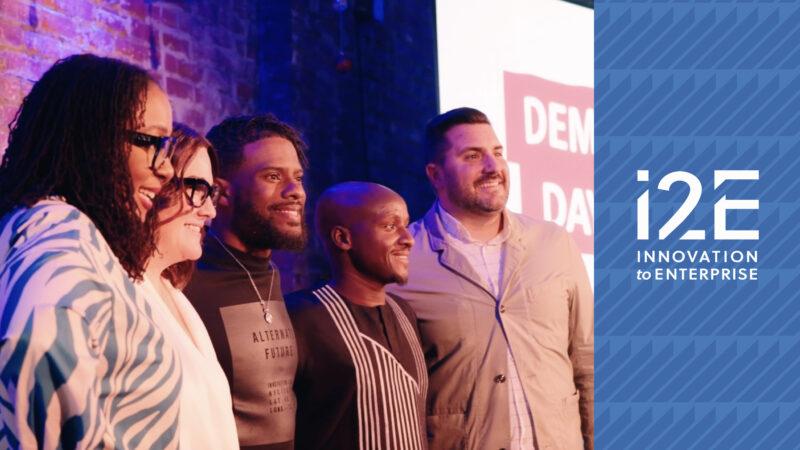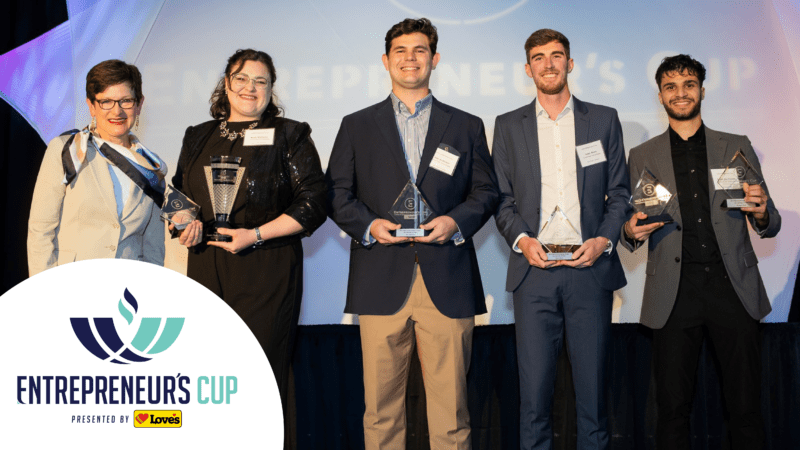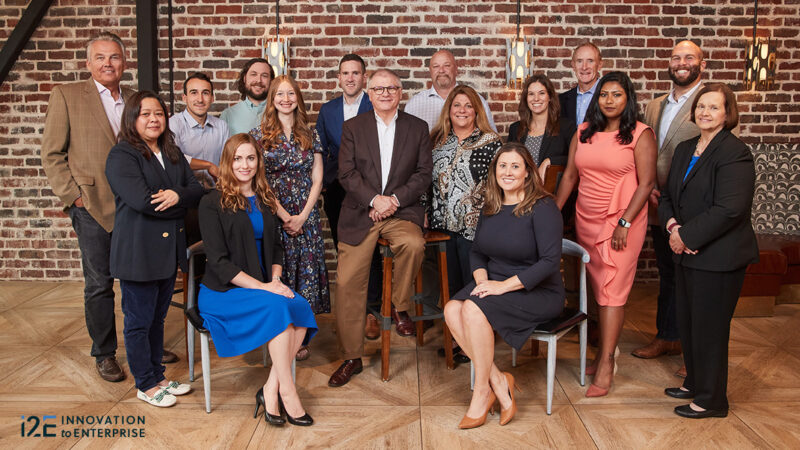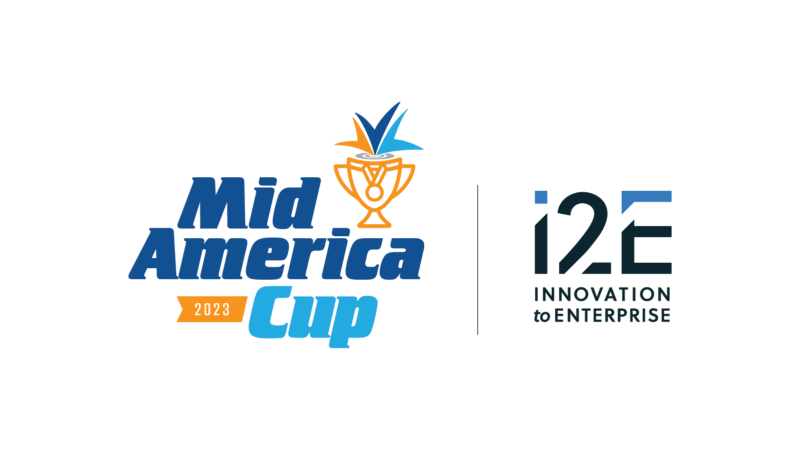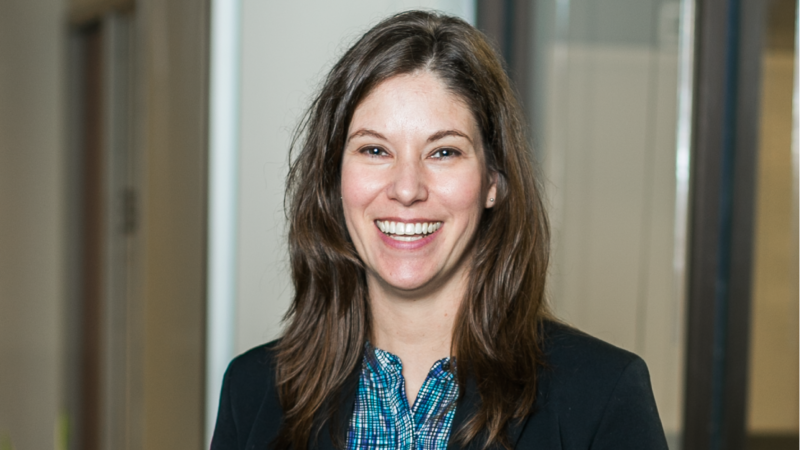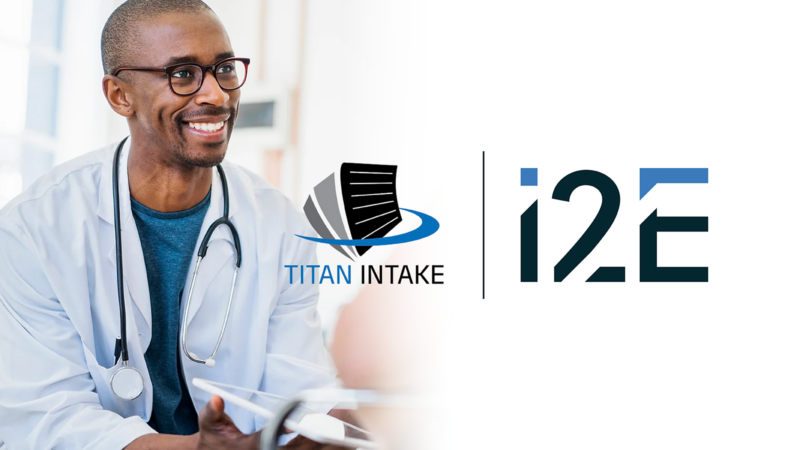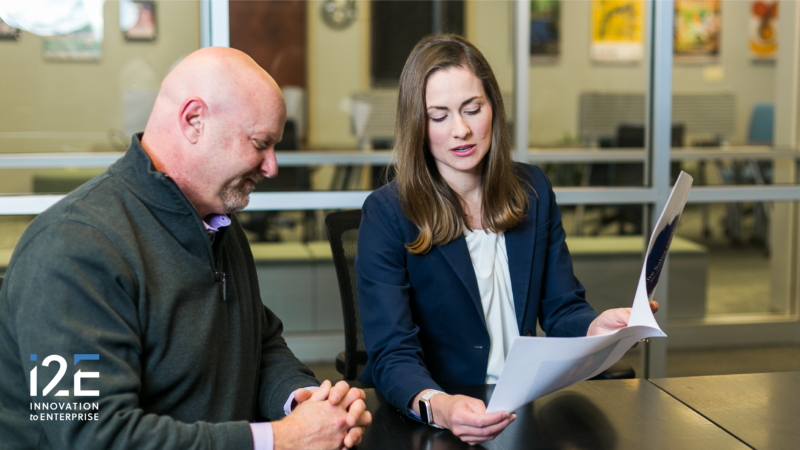By Brian Brus
Courtesy of The Journal Record
OKLAHOMA CITY – A new Oklahoma company has raised $1.5 million to develop a way to keep opioids out of the wrong hands.
i2E Inc., a nonprofit corporation that invests in Oklahoma-based technology startups, led the series-A investment round for Clear River Enviro through several of its managed funds: the Oklahoma Seed Capital Fund, SeedStep Angels, Accelerate Oklahoma Fund and Oklahoma Angel Fund 1. A remainder of $173,000 came from other investors.
Mark Macdonell, Clear River Enviro co-founder and chief executive, said the proceeds will be used to design the next iteration of RxDestruct, a patented product already in use at several surgery centers and hospitals across the country. Units in use will be upgraded as well.

The federal government provides a partial solution to the problem RxDestruct is designed to address, although it’s clunky and inefficient in the face of growing opioid abuse. The Drug Enforcement Administration holds two nationwide events each year at which prescription drugs are accepted for disposal. The most recent take-back in October yielded more than 450 tons of pills, the DEA reported.
The Secure and Responsible Drug Disposal Act of 2010 and a Drug Enforcement Administration rule update in 2014 allows pharmacies, clinics and the like to accept drugs for disposal year-round. However, it’s only recently that those interests have started enacting the potentially expensive option, which also requires close monitoring and product destruction.
The CVS pharmacy chain in Washington, D.C., for example, recently announced the installation of drug disposal bins at about 60 stores in that area. Law enforcement agencies in several Louisiana parishes announced they are doing the same.
“Secure disposal of leftover and expired medications is a key prevention strategy in reducing misuse and diversion of medicines to combat drug abuse and prevent overdoses,” according to researchers at Community Environmental Health Strategies LLC who released a review of several such products in April.
“Disposing of unwanted medicines in the household trash creates risks of unintended exposures, drug diversion and environmental pollution. This recognition has increased interest in and implementation of secure medicine take-back programs,” the CEHS report says. “It has also sparked a new market sector of products designed for in-home disposal of waste medicines that are described as easy and safe ways to alter pharmaceuticals so that they are safe for trash disposal.”
That’s what Clear River Enviro set out to do. Tommy Stern, the company’s chief sales executive and co-developer of RxDestruct, said feedback from professionals who have used the product suggests they’re much happier to destroy unused drugs immediately than trust that it’s being taken care of somewhere down the line or possibly stolen out of a trash bin. Stern wouldn’t specify which reagents are used inside the RxDestruct box, but he stressed that the process is no more complicated than oxidation.
Margaret Shield, consultant and CEHS principal, said any company that goes that route will have to adhere closely to the security standards of the DEA’s Drug Disposal Act and prove that its chemical degradation process was thorough. Shield said she has not seen the design of RxDestruct and could not speak to its efficacy.
The nondescript, white box is about the size of two kitchen toasters. It’s designed to be placed on a counter near a sink or other water source to allow unused medicines to be mixed with other chemicals and pumped down the drain once the drugs have been broken down and rendered inert.
Since it’s such a seemingly simple process, i2E President Scott Meacham said, he and his staff looked closely at the market to see what sort of competition Clear River Enviro would face, and confirmed current users were happy with the product. He was surprised that so many other products had failed to be adapted to easier use.
“It amazes me how sometimes the best ideas are often the simplest,” Meacham said. “These guys, instead of coming at the problem from a technical standpoint, they came at it from the angle of business operations and then worked out the solution.”
Read the article at the Journal Record website (subscription required)

